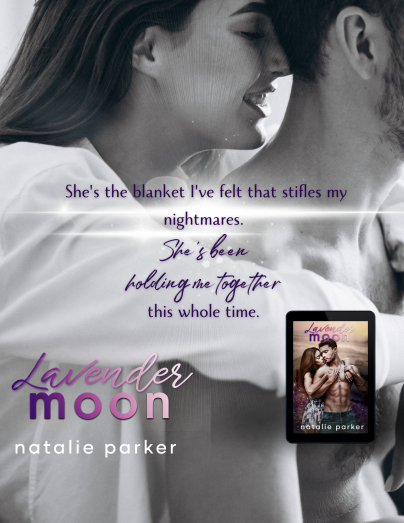News & reviews for the fiction lover in us all!
Famous Books With Different Names
With famous books we’ve come to love, it’s almost like they were set in stone, unchanged from when the writer typed them up. However, this isn’t true. Every book, no matter how successful, went through many edits and changes. Occasionally, the public gets to see these original versions, which in some cases, were very different. Following is a list of a few of the most notable examples.
Books with Different Published Versions
"The Stand" by Stephen King
This was the first example I thought of, being a huge horror fan. King’s story (first published in 1978) was a 1152 page tome, but the publisher convinced him it would sell better if he axed about 150,000 words, or over 300 pages.
However, in 1990 he put out the long version as "The Stand: The Complete & Uncut Edition", which, among other changes, switched the story’s setting from 1980 to 1990, and updated the pop cultural references, etc. I’ve read both, and the longer version is better—more information and new characters in a book I love.
"A Clockwork Orange" by Anthony Burgess
This one’s a little stranger. This 1962 novella had 21 chapters. However, the publisher convinced Burgess that Americans wouldn’t accept the 21st chapter as the ending, so the U.S. editions only had 20 chapters, and a darker ending.
(SPOILERS AHEAD) The 20th chapter has Alex recovered from the Ludovico Technique, and starting a new gang, continuing with his violent lifestyle. The 21st, though, has him meeting up with old gang member Pete, and being inspired to stop his violent ways, settle down, get married, have kids, etc. (END SPOILERS)
The publisher thought Americans would find this happier ending to be unrealistic, and it wasn’t included in U.S. versions for over 15 years. Interestingly, Stanley Kubrick, the director of the film version, initially didn’t know of the missing 21st chapter, and when he did, rejected it, going with the darker, 20 chapter version.
Burgess hated the movie, thinking that it glorified meaningless sex and violence. Furthermore, he hated the fact that he was best known for this book, as he considered it a lesser work, one he’d knocked off in three weeks for money.
The story was based on a real tragedy in Burgess’s life, as his wife was beaten (and subsequently miscarried) by U.S. service members during World War II.
Read the entire article in the July/August 2022 issue of InD'Tale magazine.
You can just click on the magazine image on the left hand side of our home page to open and enjoy!
OR
If you would like to receive the magazine every month (for FREE!) , just sign up on our home page. Once you do, an e-mail validation notice will be sent directly to you. Just open and click the link and you're in - forever! Each month the magazine will be delivered directly to your inbox to downlad and read!




